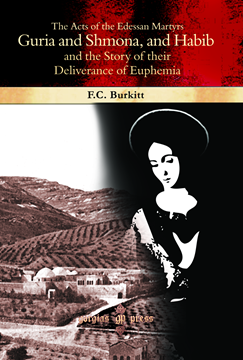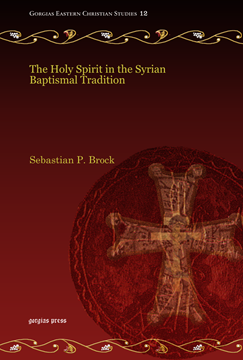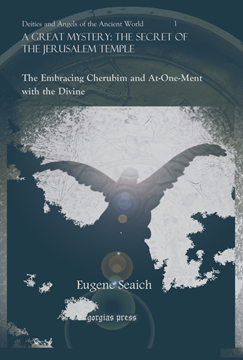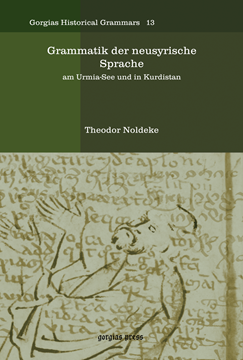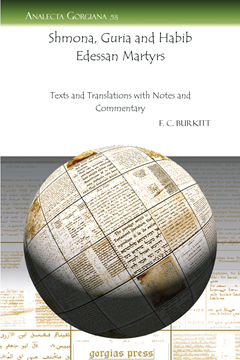The Acts of the Edessan Martyrs Guria and Shmona, and Habib and the Story of their Deliverance of Eu
ISBN: 978-1-59333-872-5
In this book the Syriac texts along with translations of the tales of the martyrs themselves as well as the miraculous deliverance of Euphemia are introduced by Professor Burkitt with a commentary focusing on the historicity of the different accounts.
$151.00 (USD) $90.60 (USD)
The Holy Spirit in the Syrian Baptismal Tradition
Series: Gorgias Eastern Christian Studies 12
ISBN: 978-1-59333-844-2
A sensitive and evocative treatment of the role of the Holy Spirit in worship. With a keen awareness of the tradition of Syrian Christianity, Brock begins his exploration with the role of the Holy Spirit in the Syriac Bible. A striking aspect of this tradition is the imagery used for the Spirit, including: compassionate mother, fire, olive oil, as well as the more common image of dove. Brock also summarizes commentaries and other literature on the baptismal rite, touching on Syriac literature and works translated from the Greek.
$137.00 (USD) $82.20 (USD)
The Secret of the Jerusalem Temple
The Embracing Cherubim and At-One-Ment with the Divine
Series: Deities and Angels of the Ancient World 1
ISBN: 978-1-59333-840-4
In this thoroughly provocative book, the late Eugene Seaich makes a detailed study of the intractable mystery of the Jerusalem temple. Using historical sources and ingenious detective work, Seaich suggests that the cherubim in Solomon’s temple were portrayed in a copulatory embrace. Aware that this thesis is not entirely novel, the author builds a substantial case in its favor and traces the influence of the atonement (at-one-ment) theology behind the concept through Israel’s wisdom school, New Testament and Gnostic sources, up through the Middle Ages.
$207.00 (USD) $124.20 (USD)
Science and Hebrew Tradition
ISBN: 978-1-59333-836-7
The issue of science versus religion is as old as the Renaissance. A new bombshell was brought to this issue when Charles Darwin discovered natural selection as the mechanism of evolution. Known as “Darwin’s bulldog”, Thomas Huxley anticipated modern-day discussions on the issue of science and religion. Among the topics included here are evolution versus Genesis, the authorship of the Pentateuch, and a history of paleontology. Huxley’s final offering is an anthropological study of the evolution of theology. For the student who wishes to trace the history of this debate, Huxley is essential reading.
$178.00 (USD) $106.80 (USD)
Grammatik der neusyrische Sprache
am Urmia-See und in Kurdistan
Series: Kiraz Historical Grammars Archive 13
ISBN: 978-1-59333-835-0
This work of Theodor Nöldeke is an extremely rare find. Its scarcity should not be taken as a reflection on its authority or usefulness, however. In this original 1868 edition, Nöldeke lays out the basics of Neo-Syrian as it was used in Kurdistan and the area of Uremia. This valuable study, essentially unique to this day in its coverage of underrepresented language studies, provides a substantial, German introduction to the dialects described, followed by a thorough study of the languages themselves, also in German.
$196.00 (USD) $117.60 (USD)
Shmona, Guria and Habib Edessan Martyrs
Texts and Translations with Notes and Commentary
Series: Analecta Gorgiana 58
ISBN: 978-1-59333-873-2
In this book the Syriac texts along with translations of the tales of the martyrs are introduced by Professor Burkitt with a commentary focusing on the historicity of the different accounts.
$71.00 (USD) $42.60 (USD)
